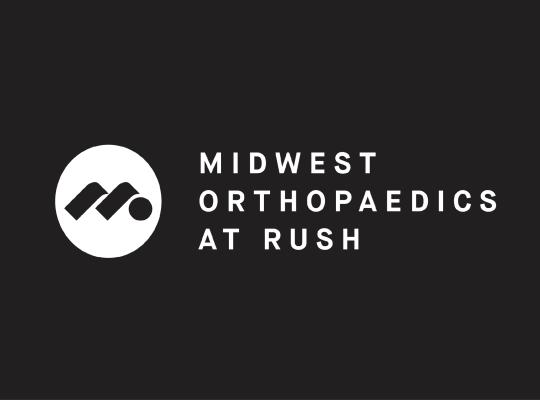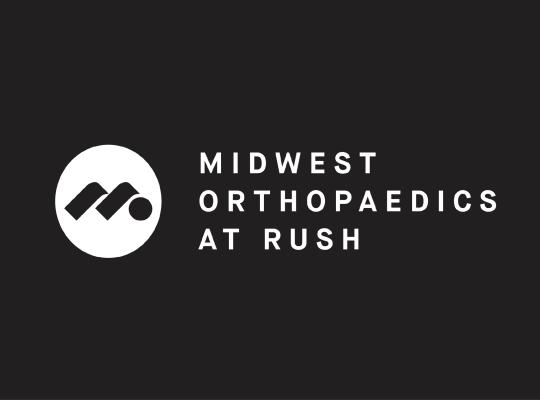April 11, 2019
Golfers who play on a regular basis are bound to experience injuries from time to time.
One common condition among golfers is medial epicondylitis, a form of tendonitis commonly referred to as golfer’s elbow. Symptoms include tenderness and occasional sharp pains on the inside of the elbow, caused by inflammation or tiny tears in tendons near the elbow. The pain centers on the bony bump on the inside of the elbow and may radiate into the forearm.
Many professional players, including Tiger Woods, have battled golfer’s elbow. In 2013, Woods was forced to withdraw from the AT&T National due to reported tenderness on the inside of his left elbow. Woods first experienced issues with his elbow at the U.S. Open that year when he was hitting out of the rough. That pain, along with tenderness, swelling and weakness on the inside of the elbow indicates a probable golfer’s elbow.
This condition is usually triggered by overuse of the muscles in the forearm that allow you to grip, rotate your arm, and flex your wrist. Repetitive flexing, gripping, or swinging can cause inflammation or tiny tears in the tendons.
But Woods, who has been no stranger to injuries throughout his career, admitted that his elbow issues first set in even earlier in 2013 during the Players Championship.
According to Dr. Mark Cohen, a hand, wrist and elbow specialist at Midwest Orthopaedics at Rush, golfer’s elbow is actually about 10 times less common than tennis elbow. Tennis elbow is a similar tendinitis condition which occurs on the outside of the elbow near the lateral epicondyle.
Although Woods took several weeks away from tournament play in 2013, Dr. Cohen said players who experience golfer’s elbow do not need to resort to stop playing altogether.
“There is no real need to be concerned or worried about this type of tendinitis,” Dr. Cohen said.
“It is not progressive, it is self-limiting, and the vast majority of cases improve over time.”
Dr. Cohen said that golfer’s elbow can be treated simply by applying ice, stretching, along with the use of a compression sleeve and anti-inflammatory medication.
When it comes to seeking treatment, Dr. Cohen said there is no benefit to early medical intervention. Playing through any discomfort, he added, is usually fine if the pain is tolerable. Rest does not typically help elbow tendinitis, Dr. Cohen added. Golfers should know, however, that it is not uncommon for low-grade symptoms to persist for many months before the condition resolves.
As golfers begin the season, Dr. Cohen recommends that stretching become part of their regular routine. Because the golf swing includes repetitive motion and muscle memory, golfers should not be surprised by levels of discomfort that follows.
To prevent pain from occurring, Dr. Cohen suggests a high repetition and low resistance exercise program, and possibly introducing light weights into one’s workout regimen. If elbow issues are a concern, Dr. Cohen suggests that golfers have their swing evaluated by a professional, as poor swing mechanics may lead to players experiencing excessive stress across the elbow, which, in turn, could precipitate symptoms.



